THE BUS STOP(더버스스탑)
1.2Km 2020-11-19
26-1, Toegye-ro, 20-gil, Jung-gu, Seoul
+82-10-9083-9616
A café that sells various drinks. This restaurant's signature menu is americano. This is a cafe located in Jung-gu, Seoul.
Boutique de hanbok de Lee Seo-yun (이서윤한복)
1.2Km 2022-09-21
7, Hyoja-ro, Jongno-gu, Seoul
+82-2-735-4250
Les hanboks de Lee Seo-yun sont créés pour allier motifs coréen traditionnels et designs occidentaux. Les tissus utilisés dans la fabrication des hanboks sont tissés et teints à la main. La boutique propose en grande partie des robes du soir, des robes de mariée, des ornements, des oreillers et des coussins pour s’asseoir. Lee Seo-yun, la propriétaire de la boutique, a été responsable des costumes et des ornements pour la série télévisée coréenne Iljimae, et ses créations sont également apparues dans de nombreuses séries télé, spectacles de danse traditionnelle coréenne et défilés de mode.
Daenamu Wine Samgyeopsal (대나무와인삼겹살)
1.2Km 2021-03-18
29, Toegye-ro, 20-gil, Jung-gu, Seoul
+82-2-753-7271
It sells pork belly aged with wine. The most famous menu is wine marinated grilled pork belly. A barbecue specialty restaurant located in Myeong-dong, Seoul.
Hotel PJ (호텔PJ)
1.2Km 2021-03-16
71, Mareunnae-ro, Jung-gu, Seoul
+82-2-2280-7000
Hotel PJ is located near Euljiro 4-ga, a transportation hub connecting subway lines 2, 3, 4, and 5, allowing guests to reach Seoul's tourist destinations such as Myeong-dong, Namdaemun, Dongdaemun, Namsan, Insa-dong, Hongdae, and Daehangno with ease. The hotel has 272 guestrooms as well as a restaurant, cafe, banquet halls, and a business center.
The Place Seoul (traditional Korean-style guesthouse) [Korea Quality] / 멀티스페이스 곳 [한국관광 품질인증]
1.2Km 2019-12-05
52-11, Gyedong-gil, Jongno-gu, Seoul
+82-10-3255-1289
“The Place Seoul” is located in a small alley in Gyedong-gil, Jongno-gu, Seoul. It is a guesthouse made by remodeling an 80-year-old traditional Korean house. The ondol room furnished with traditional beddings is popular not only among foreigners but also among Koreans due to its special ambience. The ceiling of the room dates back to 80 years ago. The rafter put on the roof at the time of construction of the house shows the antiqueness of the house. The toenmaru (a narrow wooden porch running along the outside of a room) that comes alive with the frequent coming and going of people adds to the ambience of the traditional Korean house, with the Sansuyu (corni) tree and vegetable garden beside the Korean-style house creating a leisurely atmosphere.
Beyond being a mere place to sleep in, “The Place Seoul” aims to be a composite cultural space whose motto is “the place to fill.” A simple wedding or a small-scale performance is held in the garden during the day. The rooms can be rented for small meetings.
“The Place Seoul” sponsors “WWOOF KOREA,” an NGO promoting environment-friendly agriculture as well as the right dietary life, “Slow Food Korea,” and “Slow Box.” As such, the place serves a special healthy breakfast consisting of homemade bread, handmade yogurt, and organic fruits and vegetables. In addition, the toilet paper, detergent, shampoo, etc. provided are all environment-friendly products.
“The Place Seoul” is located on Gyedong-gil Road, a famous tourist attraction in Seoul. It offers easy access to Bukchon Hanok Village, which is on the other side of the Gyedong-gil alley, as well as other major tourist attractions within walking distance including Changdeokgung Palace, Gyeongbokgung Palace, Samcheong-dong, and Insa-dong. The convenient location of “The Place Seoul” makes it easy to tour downtown Seoul.
Musée d'histoire Baejaehakdang (배재학당역사박물관)
1.2Km 2021-10-05
Séoul, Junggu, Seosomun-ro 11gil 19
+82-2-319-5578
Baejaehakdang est la première école d'architecture occidentale construite en Corée, en 1885 par Henry Gerhart Appenzeller (1858~1902). Le but premier de cette structure était l'enseignement de l'anglais, avant de devenir un grande centre d'instructions ayant formé quelques grands intellectuels en Corée. La structure est divisée en plusieurs écoles, avec son université, son lycée, et son collège.
Musée d'histoire de Baejaehakdang
Le musée a été fondé dans les murs du bâtiment Baejaehakdang en 2008, bâtiment classé au patrimoine coréen. En plus des expositions régulières et temporaires, le musée propose également des programmes d'éducation.
Korea Samgyetang (고려삼계탕)
1.2Km 2017-09-26
1, Seosomun-ro 11-gil, Jung-gu, Seoul
+82-2-752-9376, 2734
Korea Samgyetang serves up delicious samgyetang (ginseng chicken soup) made using only 4-year-old ginseng cultivated in Geumsan (a town famous for its ginseng) and chickens raised on local farms. Young chickens (no more than 49 days old) are butchered and delivered fresh daily, making for only the tenderest meat. The chicken is boiled with high-quality ginseng, dates, garlic, glutinous rice, and various medicinal herbs to make a flavorful and energizing soup.
* Designated a “Best Korean Restaurant” by the Seoul Metropolitan Government
Centre commercial de la papeterie de Namdaemun (남대문 문구상가)
1.2Km 2020-04-21
6-2, Namdaemun-ro, Jung-gu, Seoul-si
+82-2-753-2805
Egalement appelé rue Mungu (rue de la papeterie), le centre commercial de Mungu abrite un large choix de papeterie colorée, de jouets et de matériau d’emballage. Grâce à ses articles hauts en couleur, le centre commercial a attiré de nombreux touristes et producteurs japonais s’intéressant à la papeterie et aux jouets. De nombreuses boutiques d’appareils photos dans les environs du centre commercial proposent des lentilles d’objectifs et des appareils photos et accessoires qu’on ne trouve pas facilement ailleurs, ce qui attire de nombreux photographes amateurs et professionnels de Corée et d’ailleurs.
Festival de la culture royale (궁중문화축전)
1.2Km 2024-07-18
161, Sajik-ro, Jongno-gu, Seoul
+82-2-3210-4684
Le festival de la culture royale a lieu dans les 5 palais du pays et dans le sanctuaire de Jongmyo. Organisé depuis 2014 entre la fin avril et le début du mois de mai, les visiteurs ont ici l'occasion d'apprécier des programmes originaux en rapport avec la culture traditionnelle et royale de Corée dans les différents palais de Séoul tout en profitant du temps clément du printemps. Le festival est désormais organisé deux fois par an, au printemps et en automne.
Gangseo Myeonok (강서면옥)
1.2Km 2020-04-17
35, Sejong-daero 11-gil, Jung-gu, Seoul
+82-2-752-1945
Gangseo Myeonok has been famous for over fifty years, having been the food of choice served to visiting dignitaries from North Korea at the time of the South-North Red Cross Conference. The restaurant has succeeded in carrying on the tradition of Pyeongyang-style naengmyeon. The native buckwheat from Gangwon-do mixed with starch makes for fine noodles, and the wonderful broth is made from beef brisket with white radish kimchi.
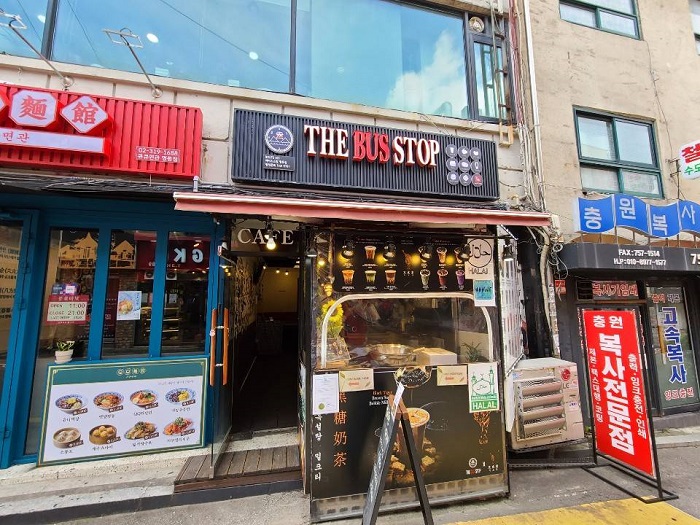
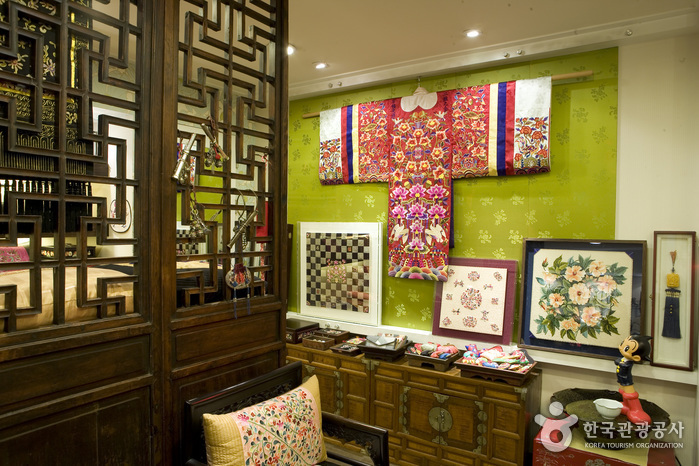
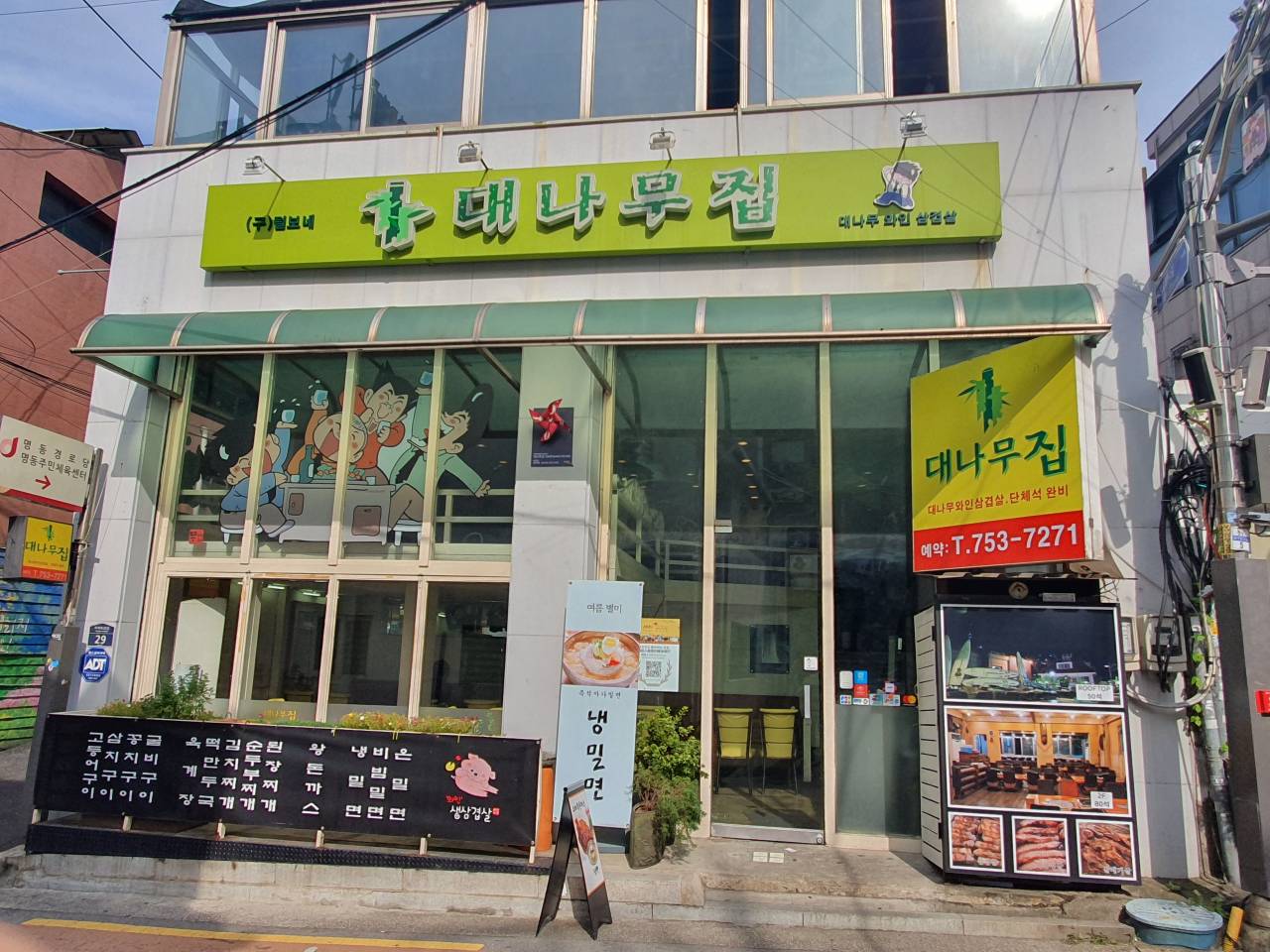
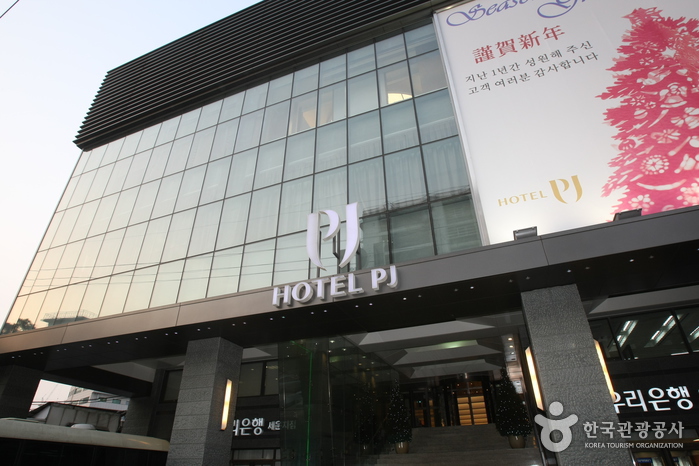
![The Place Seoul (traditional Korean-style guesthouse) [Korea Quality] / 멀티스페이스 곳 [한국관광 품질인증]](http://tong.visitkorea.or.kr/cms/resource/68/2631068_image2_1.jpg)
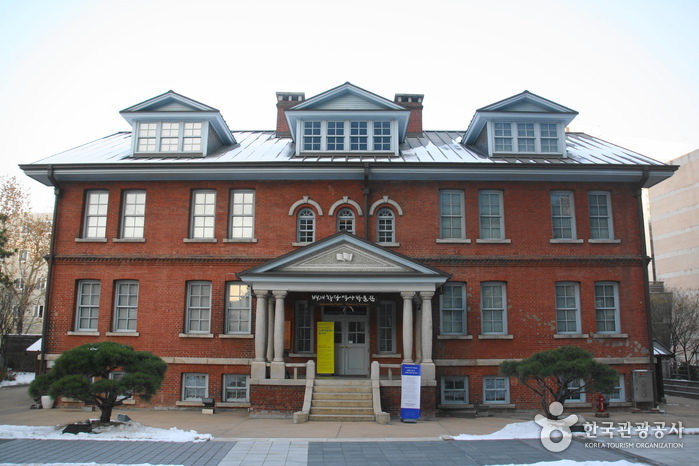

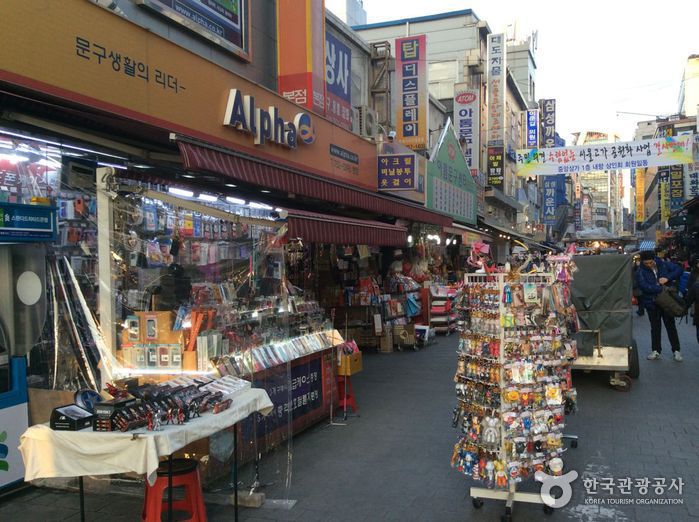
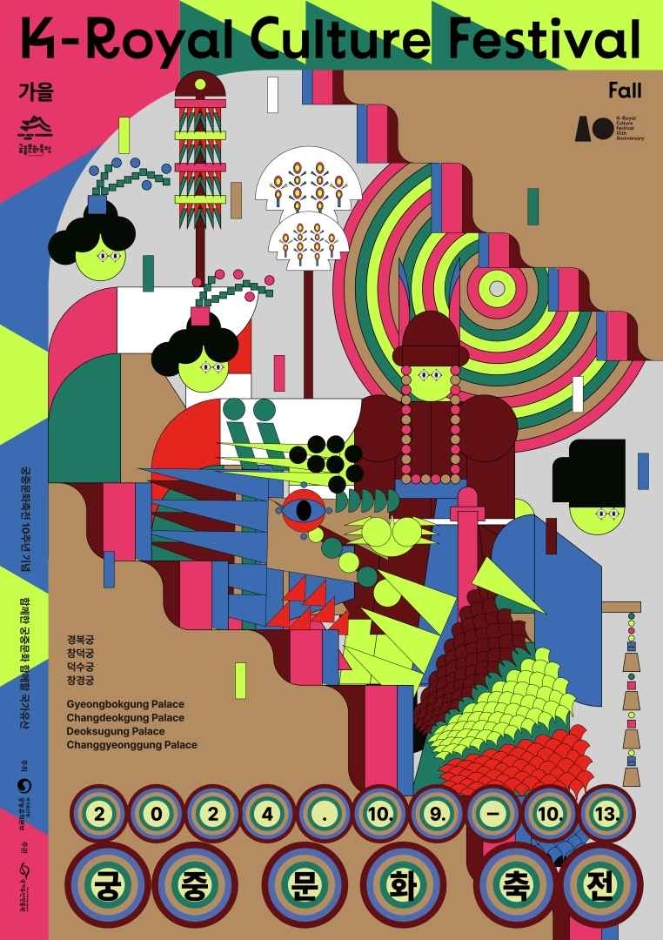
 Français
Français
 한국어
한국어 English
English 日本語
日本語 中文(简体)
中文(简体) Deutsch
Deutsch Español
Español Русский
Русский